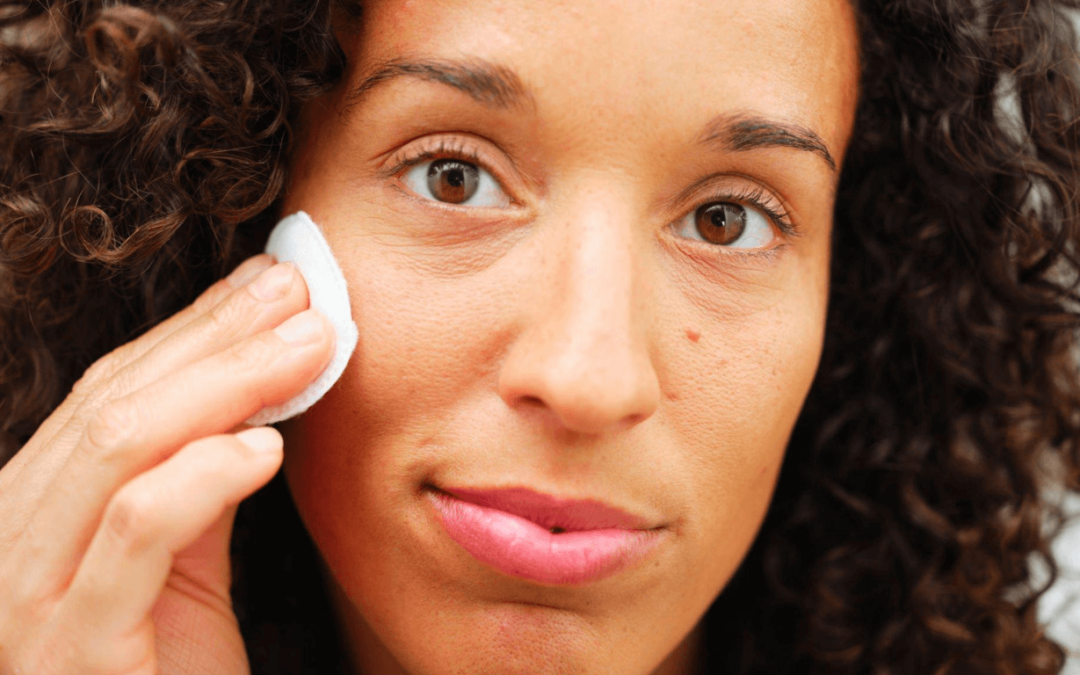In the dazzling world of cosmetics, where beauty and science seamlessly intertwine, even the most mundane of questions can lead to a labyrinth of intrigue.
Among the myriad of inquiries that makeup enthusiasts and curious minds ponder, a seemingly innocuous yet perplexing question often emerges: are makeup wipes classed as a liquid?
Delve with us into this enigmatic realm as we unravel the truth behind this cosmetic conundrum, exploring the depths of makeup wipe composition, regulations, and the science that defines their classification.
Unveiling the Makeup Wipe Marvel
Before embarking on our quest to decipher the liquid-like attributes of makeup wipes, let’s first understand their composition.
Makeup wipes, those trusty companions that swiftly sweep away the day’s artistry from our faces, are more intricate than meets the eye.
These wipes are not merely flimsy pieces of fabric; they are engineered marvels, combining a blend of materials that include fibers, oils, water, emulsifiers, and preservatives.
The primary purpose of a makeup wipe is to effectively remove makeup and impurities from the skin’s surface. To accomplish this feat, the wipes are saturated with various solutions that can include water, cleansing agents, and moisturizing ingredients.
These liquids play a pivotal role in dissolving makeup products, making the removal process efficient and convenient.
Classifying the Liquid Enigma: Regulations and Standards
The question of whether makeup wipes should be classified as a liquid has regulatory implications, particularly when it comes to travel restrictions and packaging considerations.
The classification of cosmetics, including makeup wipes, is often determined by governing bodies such as the Transportation Security Administration (TSA) and the International Air Transport Association (IATA).
According to TSA guidelines, liquids are typically defined as substances that are pourable, flowable, or capable of taking the shape of their container.
Makeup wipes, in their packaged form, might not fit this description. However, the liquid content within the wipes’ solution adds a layer of complexity to their classification.
While makeup wipes are not wholly liquid, the presence of liquids within them necessitates adherence to the rules governing the transport of liquids.
The Science Behind the Solution
To unravel the mystery further, we must explore the science behind the solution that saturates makeup wipes. The liquid component in makeup wipes is crucial for their efficacy.
The solution is formulated to break down makeup products, such as foundation, mascara, and lipstick. It often contains emulsifiers, which are compounds that help oil and water mix, facilitating the removal of oil-based cosmetics.
Additionally, the liquid in makeup wipes might encompass moisturizing ingredients to prevent the skin from drying out during the makeup removal process.
Hyaluronic acid, glycerin, and various botanical extracts can be found in these solutions, ensuring that the skin remains pampered even as makeup is wiped away.
The Packaging Predicament: Liquid-Like Considerations
When pondering the liquid classification of makeup wipes, the packaging they inhabit comes into play. The packaging must strike a balance between preserving the moisture within the wipes and preventing leaks or spillage.
Often, makeup wipes are encased in resealable packaging to maintain their freshness and prevent the solution from evaporating.
From a practical perspective, makeup wipes indeed behave somewhat like liquids, as they can leak if the packaging is compromised or if pressure is applied.
This characteristic aligns with the precautionary measures that liquids typically entail, especially when it comes to their transportation.
Navigating Travel Trials: TSA and Makeup Wipes
For globetrotters and frequent flyers, the classification of makeup wipes as liquids can raise a flurry of questions.
The TSA’s 3-1-1 rule, which dictates that liquids in carry-on luggage must be in containers of 3.4 ounces (100 milliliters) or less, can lead to uncertainty regarding makeup wipes.
To navigate this challenge, it’s advisable to consider the liquid content within the makeup wipes. If the liquid solution can be squeezed out of the wipes or poses a risk of leakage, it’s prudent to adhere to the 3-1-1 rule.
Transferring a few wipes to a resealable plastic bag alongside other liquids can ensure a seamless security screening experience.
Liquid or Not: The Verdict
In the realm of cosmetics, where artistry meets chemistry, the classification of makeup wipes as a liquid dances on the fine line between reality and technicality.
While makeup wipes themselves are not entirely liquid, the presence of liquid solutions within them warrants cautious consideration, especially when it comes to regulations and travel.
So, are makeup wipes classed as a liquid? The answer, like the beauty landscape itself, is multifaceted. The liquid content within makeup wipes brings them closer to the realm of liquids, prompting adherence to guidelines meant to ensure safety and convenience for all.
As you reach for that trusty makeup wipe to cleanse your canvas, ponder the science and artistry that fuse within—a reminder that even the most ordinary beauty rituals are laced with intricate charm.
In the end, perhaps the classification isn’t what truly matters; it’s the effectiveness, convenience, and delight they bring to our skincare routines that define the essence of makeup wipes.
Whether they’re seen as liquid assets or skincare sorcery, the magic of makeup wipes remains undeniable.
















